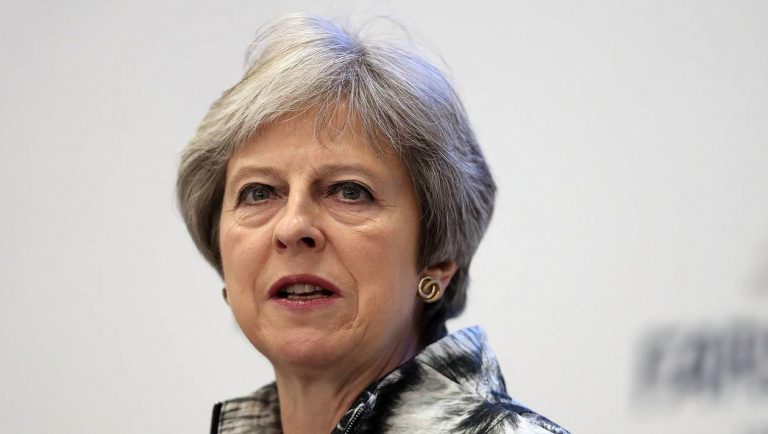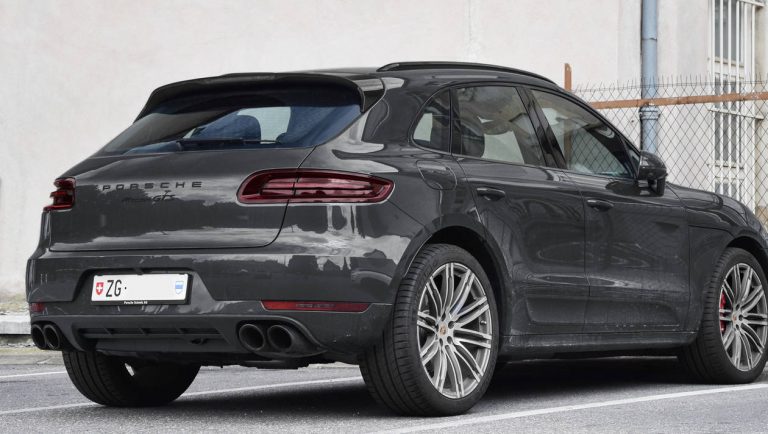British Prime Minister Theresa May details on Monday, in front of his Parliament a specific point of her sweet Brexit: differentiated customs duties. A complex system, but one that has the advantage of not handing checks to the border between the two Ireland.
Theresa May is presenting this Monday, in the British Parliament, the strategy of the government to leave the United Kingdom of the European Union. A groan rises among the most ardent defenders of a hard Brexit, within the conservatives. They believe that his famous “White Paper” on Brexit, also nicknamed the Checkers Plan, name of the place where it was developed, does not give back to the Kingdom all its independence.
This Monday, the Prime Minister must in particular detail its famous dual tariff customs zone, which should allow the United Kingdom to trade with the EU and keep its autonomy for foreign trade. And, above all, to restore a physical border between the two Ireland .
Explanations.
What is a “joint customs zone”?
The combined customs territory in English is a system out of the hat of English negotiators. It is based on a dual collection of customs duties. The United Kingdom applies its tariffs for goods moving within the United Kingdom and outside the EU. And European tariffs for goods exported to a country of the Union.
Concretely, when a lot of British clothing arrives at the Dover border and its destination is known, say Paris, the European tariff applies. If the destination is not known or not clear, the higher of the two rates will be applied, with a refund if the product arrives in a less taxed zone.
Is this complex system viable?
“It seems very difficult to implement, concretely”, judges the European law specialist Aurélien Antoine. In December 2017, the UK Customs Services (HM Revenue & Costums) planned to recruit 5,000 additional agents!
But not impossible. The UK and the EU will have to find reliable contractors if both economic partners do not want to see lots of goods roaming, depending on the tariffs. In short, to defraud customs. In fact, these merchant entrepreneurs already exist.
It is the 15,431 companies that have obtained the status of Authorized Economic Operator (AEO ), issued by the European Commission , which provides customs facilities. There is even a higher level (OEA Full) that simplifies and secures procedures even better. The Financial Times regretted, in November 2017, that only 606 British companies are approved, against 1 550 French and 6 000 German! British bosses are in the process of registering en masse to obtain this status which will prevent their goods waiting hours at customs.
The European Anti-Fraud Office (Olaf) can also contribute its expertise. He already oversees joint customs operations with other countries.
Why such a complex system?
To avoid any border friction within the British Isles. It is a response to the risk of a restoration of a physical border between the two Irlandes. This is also why Prime Minister Theresa May’s plan maintains the flow of goods, but removes the lucrative service sectors (finance, insurance, electricity, transport …) from the single European market. Since these services are immaterial, they are not concerned by border controls.
This double customs tariff also allows the British government to regain an autonomous commercial policy, outside the EU. This is the only difference with a Customs Union in force throughout the Union.




